KIOSK
This Head, This Body
Viktor Orbán's dance with modern politics
Ana Isabel Keilson

Once, all our bodies were the body of the king. Six hundred years ago, kings had two bodies, one natural and one politic, and the corpus mysticum of their lands was made of “organological aspects: a body composed of head and members.” Louis XIV, the Sun King, inherited two bodies, but he made them different—he made them dance. ...
READ MOREHell Is for White People
A painting from 1515 turns a mirror on its viewers
Alexander Nagel

Naked people are tumbling into the picture through a circular opening at top right, their features immediately blurred by rising heat and smoke. Below, various bodies are being put to the flames, a traditional punishment for those consumed by lust in their lifetimes. ...
READ MOREKafka Swims
The champion of the impossible
Aaron Schuster

There is a passage from Franz Kafka’s notebooks that reads:
I can swim just like the others. Only I have a better memory than the others. I have not forgotten the former inability to swim. But since I have not forgotten it, being able to swim is of no help to me; and so, after all, I cannot swim.
By all accounts, Kafka was a good swimmer. ...
What Machu Picchu can tell us about COVID-19
The coronavirus arrives in Peru, with historic irony
Adam Herring

Madre de piedra, espuma de los cóndores (mother of stone, semen of condors): that was Pablo Neruda’s impression of Machu Picchu, the hot literary take of 1950. Machu Picchu has inspired poetic, philosophical, and patriotic works over the years. More recently, however, it has also invited fears of catastrophe, as reports and opinion pieces from around the world have denounced Peru’s shortsighted and venal plan to build a new airport near the site. President Martín Vizcarra of Peru “is determined to destroy this sacred place,” read an op-ed in the New York Times this past year. That project would, the author wrote, “irreparably damage the heartland of the Inca civilization.” ...
READ MOREThe Interior’s Frontier
A voyage along the supply chain of my room
Boaz Levin

The last decades of the eighteenth century saw a rush to conquer new altitudes. In June 1783, the first successful hot-air balloon flight took place in Versailles, attended by the royal family and an audience of sixty thousand, as the brothers Joseph-Michel and Jacques-Étienne Montgolfier set afloat a balloon carrying a sheep, a cock, and a duck. A piloted flight quickly followed in October that year, with Jean-François Pilâtre de Rozier, a chemist, on board. The flight was a success, hailed by the press as “a spectacle, the like of which was never shewn since the world began.” ...
READ MOREDistantiated Communities
A social history of social distancing
Lily Scherlis
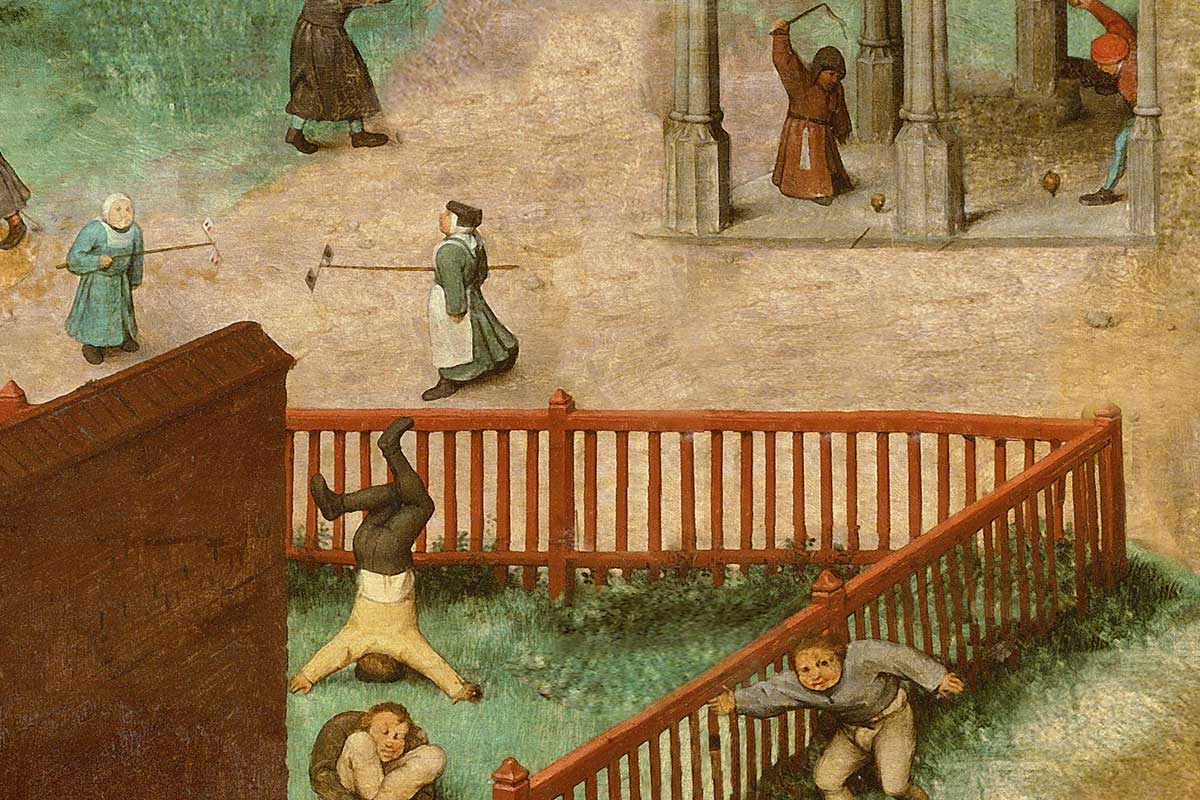
The term “social distancing” trickled into the US news at the end of January, and by mid-March had become the governing creed of interpersonal relations for the time being. It surfaced in the midst of early doubts about the efficacy and ethics of the quarantine in China. The media began to recite it, wrapping it in scare quotes. ...
READ MOREModern Heroes with No Poets to Tell of Their Courage
Dedicated to nurses and doctors across the world
Jeff Dolven, Maureen N. McLane, and Geoffrey Nutter
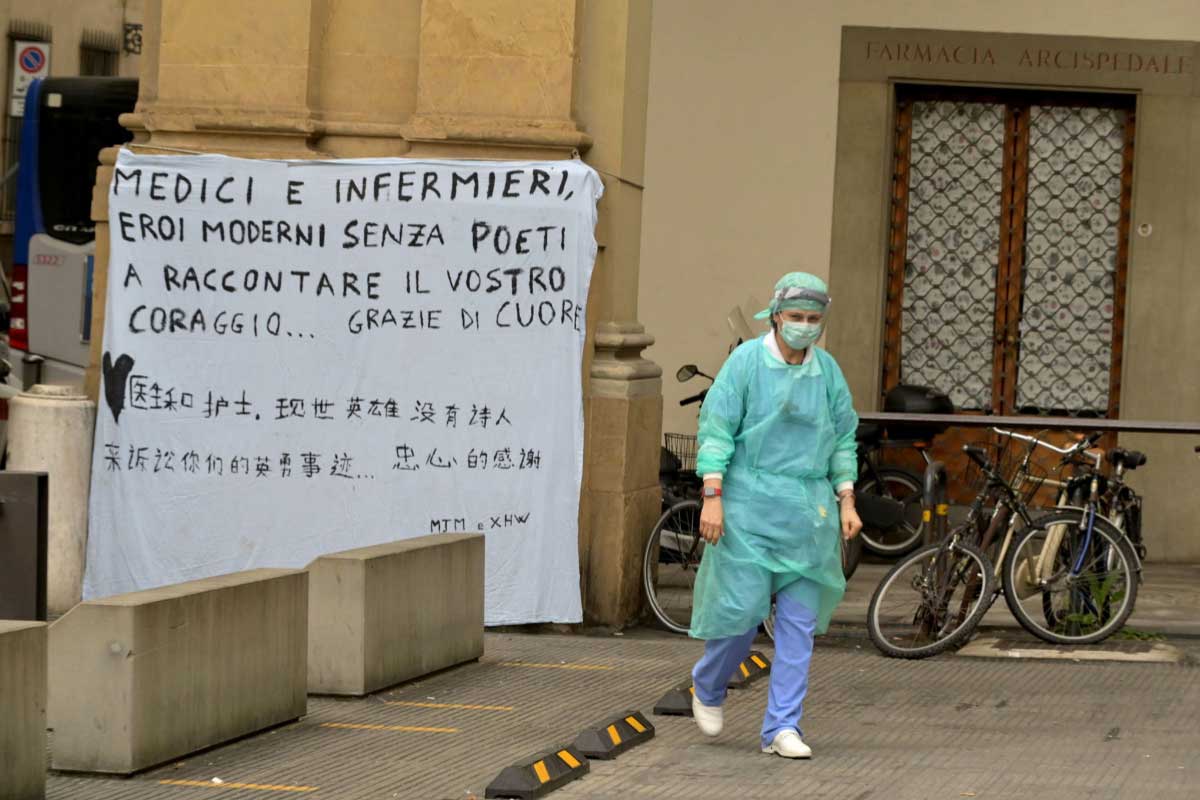
On 13 March, or roughly a century ago, some newspapers published the photograph below of a banner placed outside the Maria Nuova hospital in Florence. The bilingual sign, which according to the news sources was made by four Chinese boys, reads: “Doctors and nurses, modern heroes with no poets to tell of your courage. Thank you from the heart.” ...
READ MOREOn the Market
Taking stock of one’s soul
Justin E. H. Smith
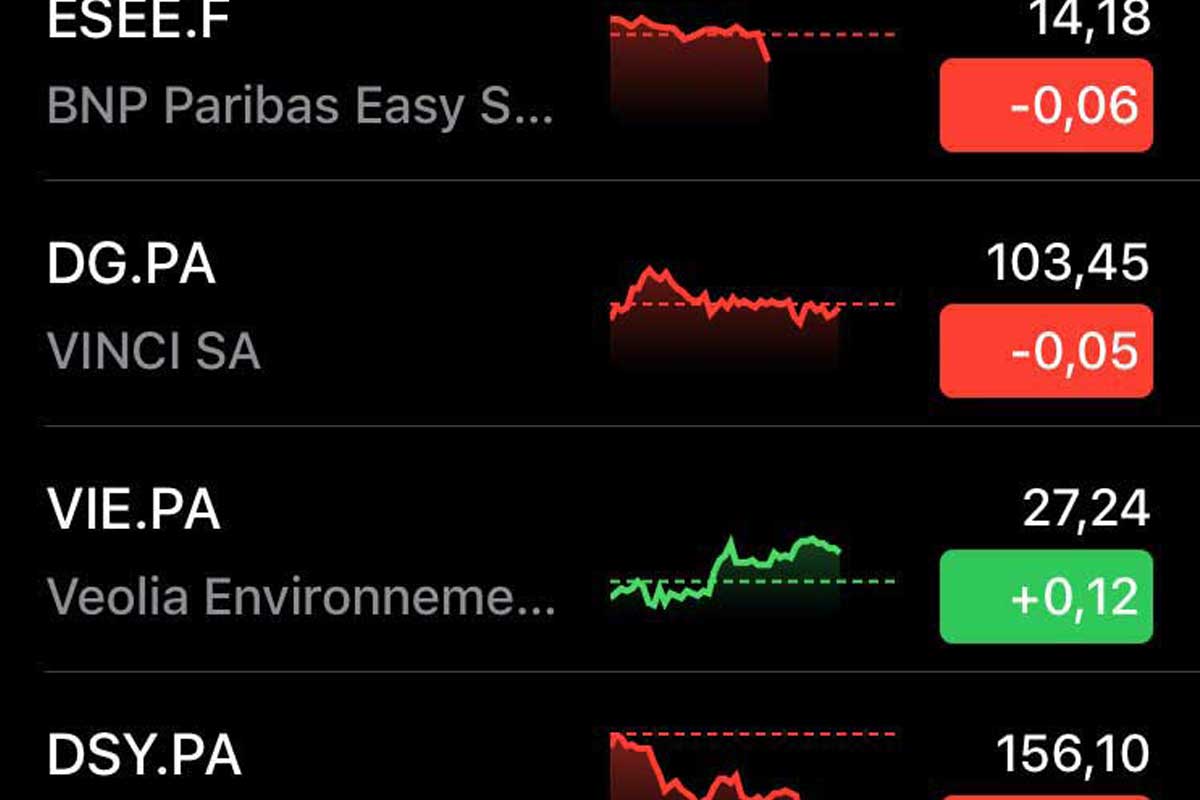
At the museum, I am standing with my spouse in front of a Flemish vanitas scene. There is an old man hunched over his accounting books, surrounded by gold coins and jewels; a skull sits on his desk, and Death himself perches undetected above his shoulder. What, I ask her, is the “takeaway” of such scenes supposed to be? That one would do well to start thinking of one’s soul, she says. ...
READ MOREGirl, in Still Life
Looking at the book of Balthus
Johanna Ekström
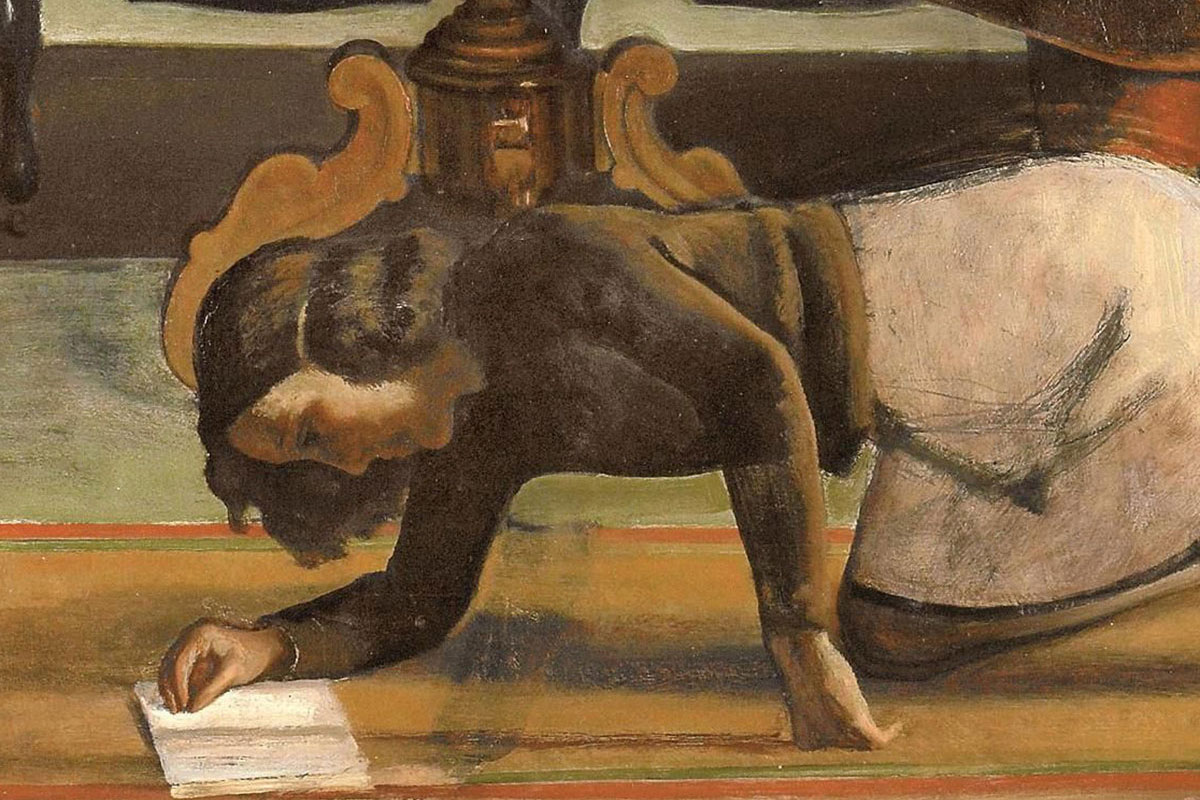
When I was a child, there was a book about the Polish artist Balthus in the small library at our country home. It was dad’s book, big and heavy. The skin between my thumb and index finger stretched taut when I took it down from the shelf. Sometimes I would sit at the table there in the library and page through the book. The table was by a window that looked out on a forest of firs. ...
READ MOREThe Lasting Breath
Inhaling and exhaling one another
Mairead Small Staid
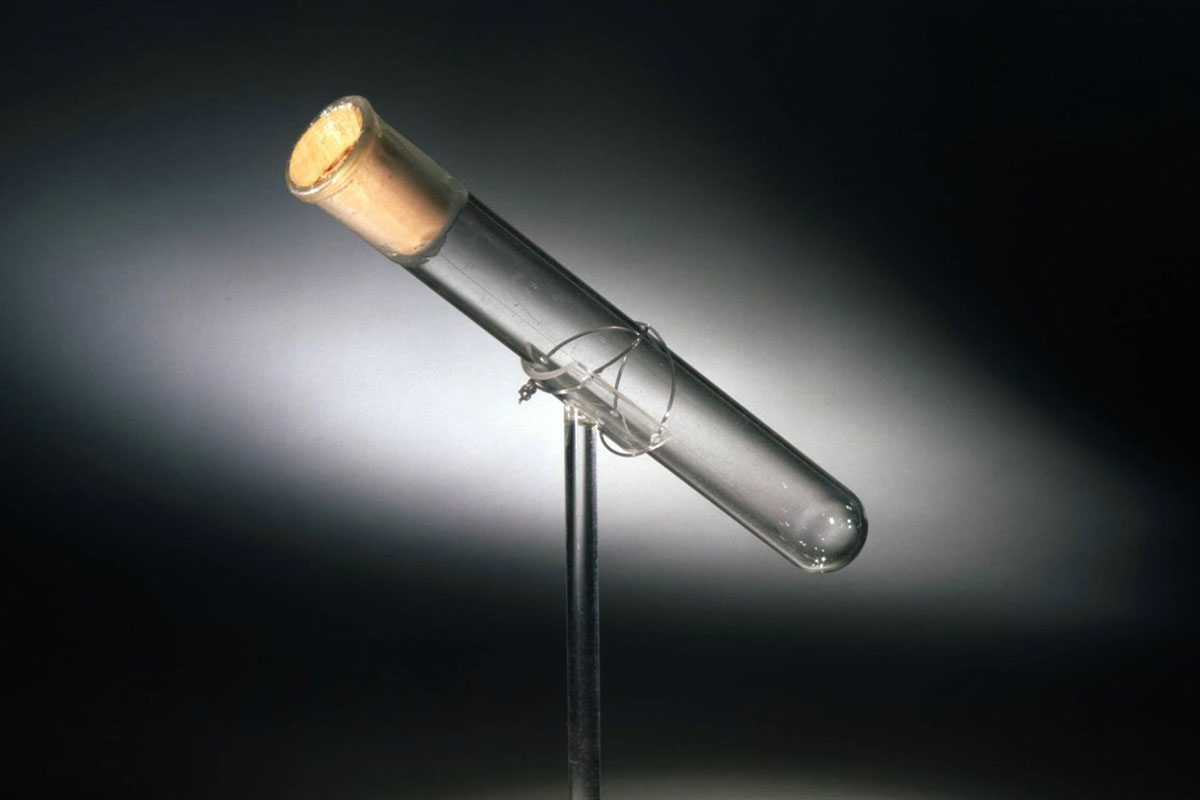
On display at the Henry Ford Museum of American Innovation in Dearborn, Michigan—amid the lacquered black metal of Model Ts and the hanging flanks of the first planes to fly over the poles, just feet from Buckminster Fuller’s Dymaxion House and the bus seat made famous by Rosa Parks, mere yards from the chair in which Abraham Lincoln was shot and the limousine in which John Fitzgerald Kennedy was also, yes, shot—is a small, clear, and seemingly empty test tube, once rumored to contain the last breath of Thomas Edison. ...
READ MORE